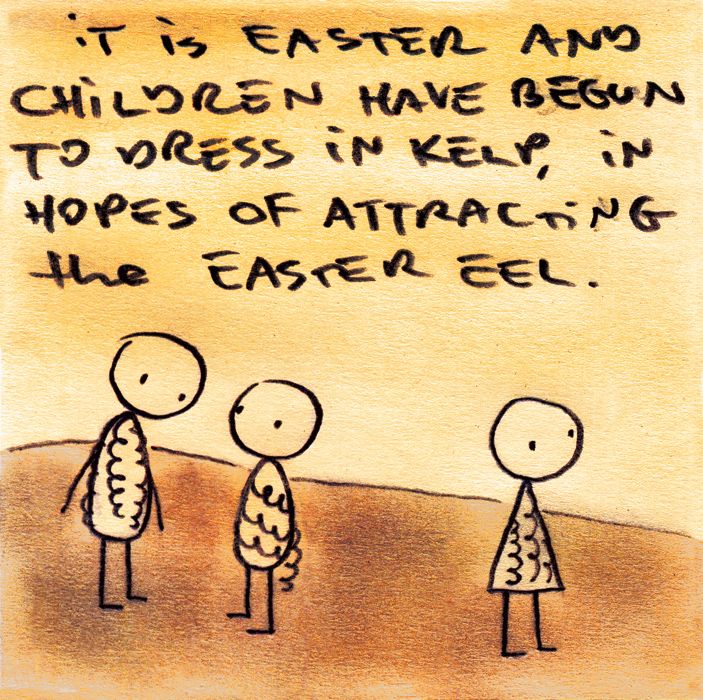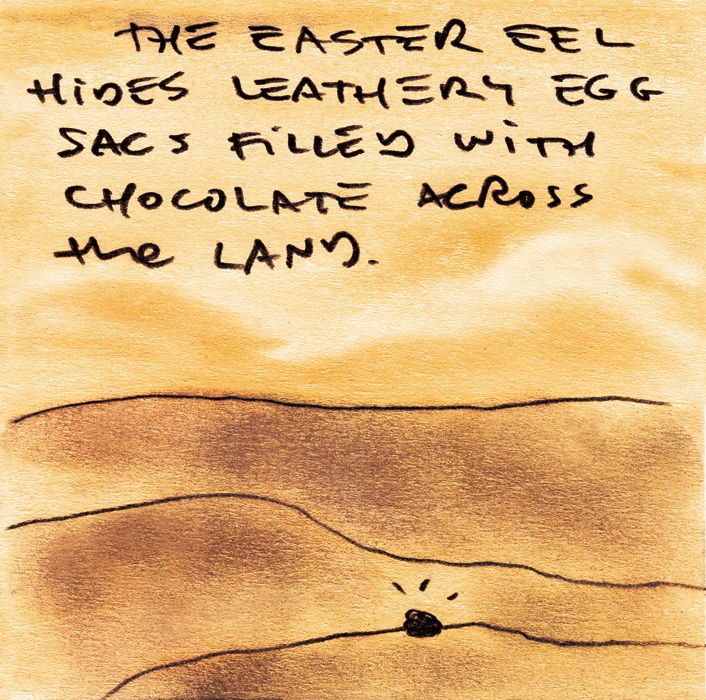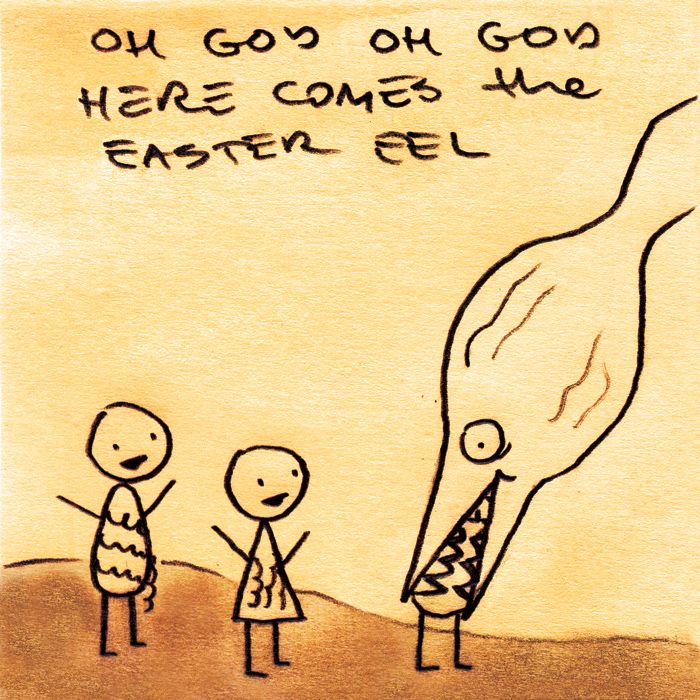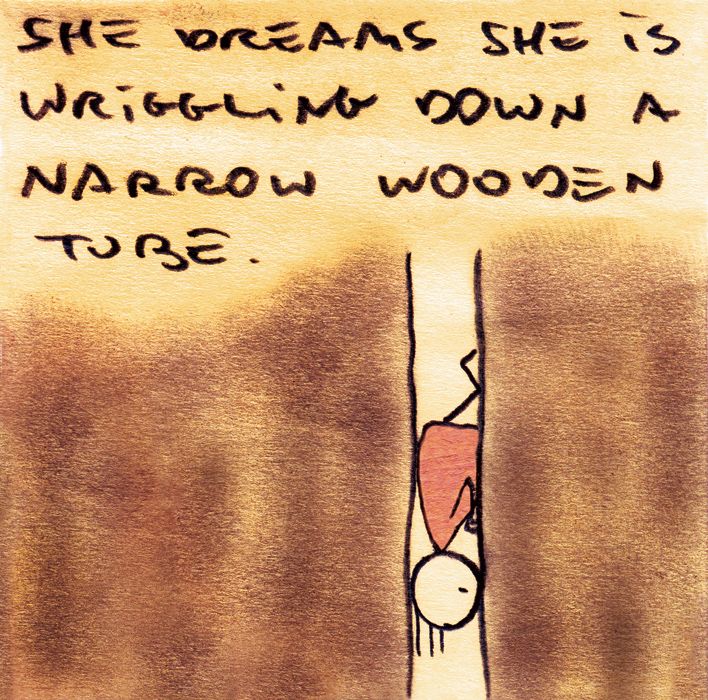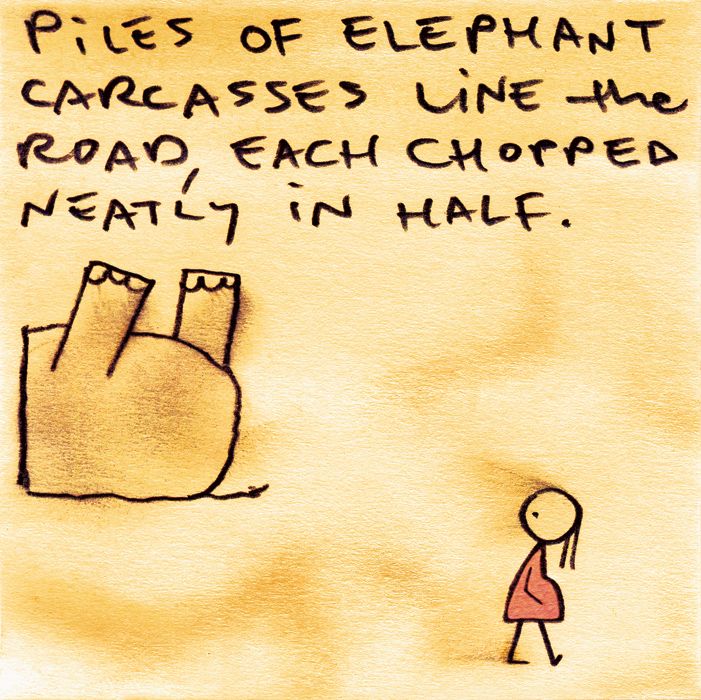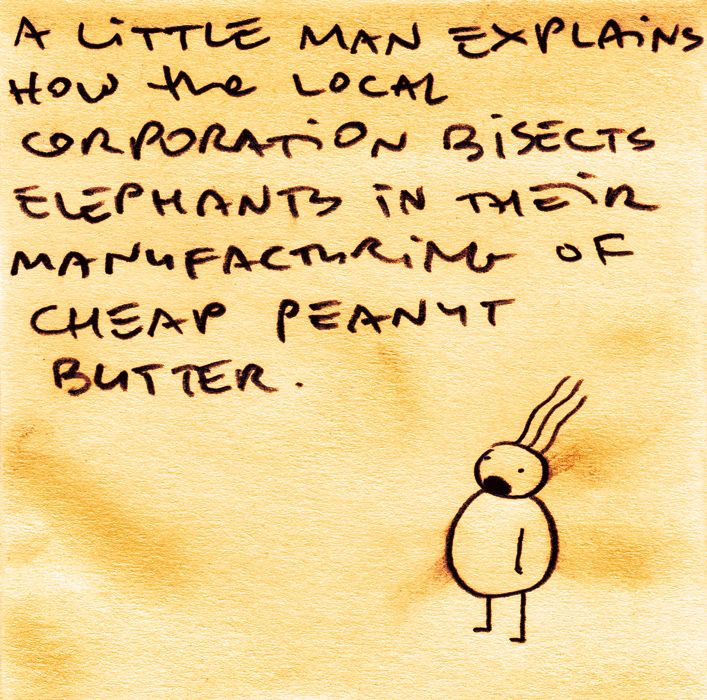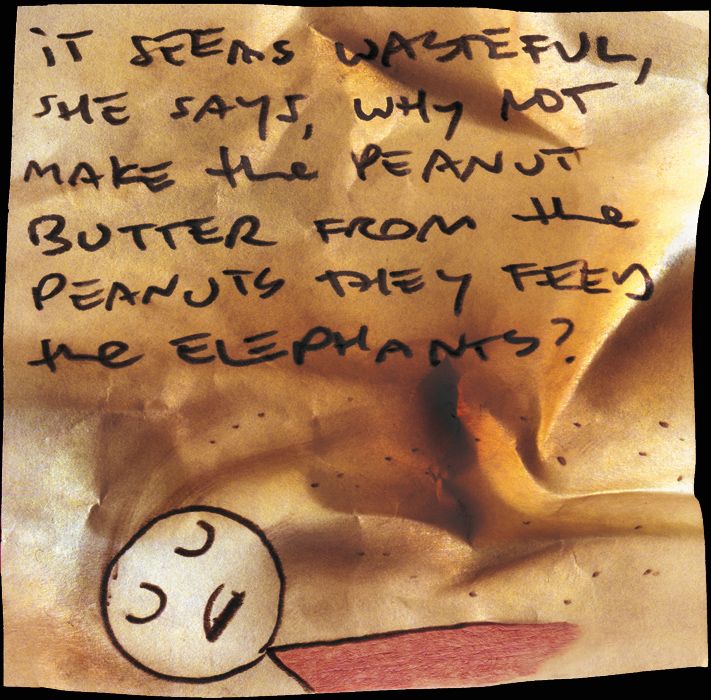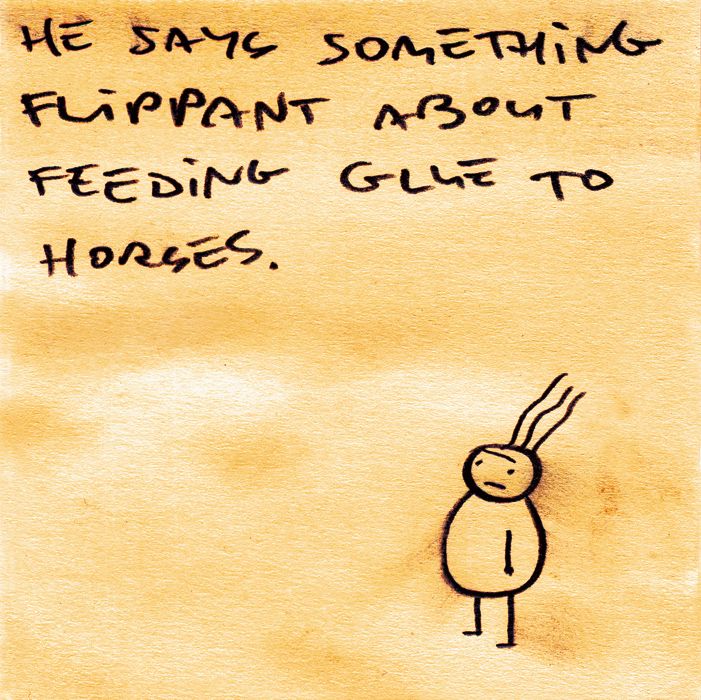Don Hertzfeldt is one of the most well-known and acclaimed animators and filmmakers in the world today, responsible for films like "Billy's Balloon," "Rejected," "Everything Will Be OK," "The Meaning of Life" and "It's Such a Beautiful Day." In 2003, along with Mike Judge, Hertzfeldt created The Animation Show, a touring festival of short animated films.
His latest project is the book "The End of the World." Released through Antibookclub, the story began as a short comic published more than a decade ago in Image Comics' acclaimed anthology, "Flight Volume 2." The story has changed a lot since then, thanks in large part to its expanded format, but it remains a strange and affecting look at how people respond to the end of the world.
CBR News: Where did the idea for "The End of the World" come from?
Don Hertzfeldt: Therewasn't one.Well, not in any traditional sense.
I guess that doesn't sound encouragingforeveryone who hasn't read the book.The whole thing crawled out ofan incredibly drawn-out and strange process that had never really happened to me before. I was asked,nine or tenyears ago, to contribute something to my friend Kazu [Kibuishi]'s comic anthology series, "Flight."And being an animator,I knew next to nothing about how to come up with attractivecomic panellayouts, so I thought it best to not even go down that road. I figured I could fit about six Post-it notes to an 8.5 x 11"page,and I liked the way the pale yellow looked,so I did a little two or three pagestory drawnentirely on sticky notes, reprinted at life size.I liked the way that looked but I wasn't really satisfied with itoverall, it felt likea very thin draft.
So,in all the years since,as I worked on this film and that one,I'd return to this weird pile of unfinished sticky notes, and maybe once every several months I'd add a few more, still drawing everything in a sort of weird miniature size to fit the Post-it.Some of them were one-off panels like a"Far Side" cartoon,others told a little sequential story, but all centered around this same theme of the world ending.Soon, it became a place for all of the unused ideasand deleted scenes from the films I was working onto sort of migrate into. Sometimes years would goby without even looking atthem,sometimes I would work on it for a full month before putting themback on the shelf.
Finally, I had no idea what to do with it all. I wanted to clear it all away so I went through and threw out about half of it, rearranged everything, andadded a few final bits of connective tissue to link it all up.At a certain point, whilefiguring out the best order of panels last year,the pilereminded me a bit of those magnetic phrases people put on their refrigerators.You can rearrange thesepanels andsentences any number of ways to getbrand newmeaningswhen they're put side by side.Anyway,so while it all doesn't represent ten years of work,not even close, it does sort of represent ten years of stuff.Like a lost writing time capsule.
Why did you decide that this idea was a book and not a film?
It was something to work on,anything,when I needed abreakfromfilms.It's where I'd go to buryleftover ideas that weren't working elsewhere.If all the films were albums, this would betheir collection of B-sides.
It was nice tomake something that felt immediate for a change.When you animate, you spendages in a cave working ontiny momentsand there's noinstant gratification in the process. You have to trade that infor the sense of immediacypeople get when they finally watch it.A bookobviously doesn't have that samebig viewing experiencein the end, but it was really refreshing tojust put something on the page once and be done with it.
I know that some people dislike "simple" styles of drawing and animation, but what do you think is the appeal of this style? What do you think is possible that you couldn't with a different style or approach?
I don't know. If anything, I try to avoid thinking about those things or analyzing very muchbecause I findit can become really creatively paralyzing.I often approach a new project witha very real sense of, "I have no idea what I'm doing."You throw yourself in and try and find the way out.I'm sure many of the discoveries you made in the book are probably identical to the ones I had while making it or reshaping it.
I know that you're working on a film right now. Is there anything you want to say about it?
I'm actuallynow in full-time production on three thingsat once.I don't know how that happened.Unfortunately, I can't really saymuch about anything. One is very big,one is sort of medium big,and one is a big surprise.



